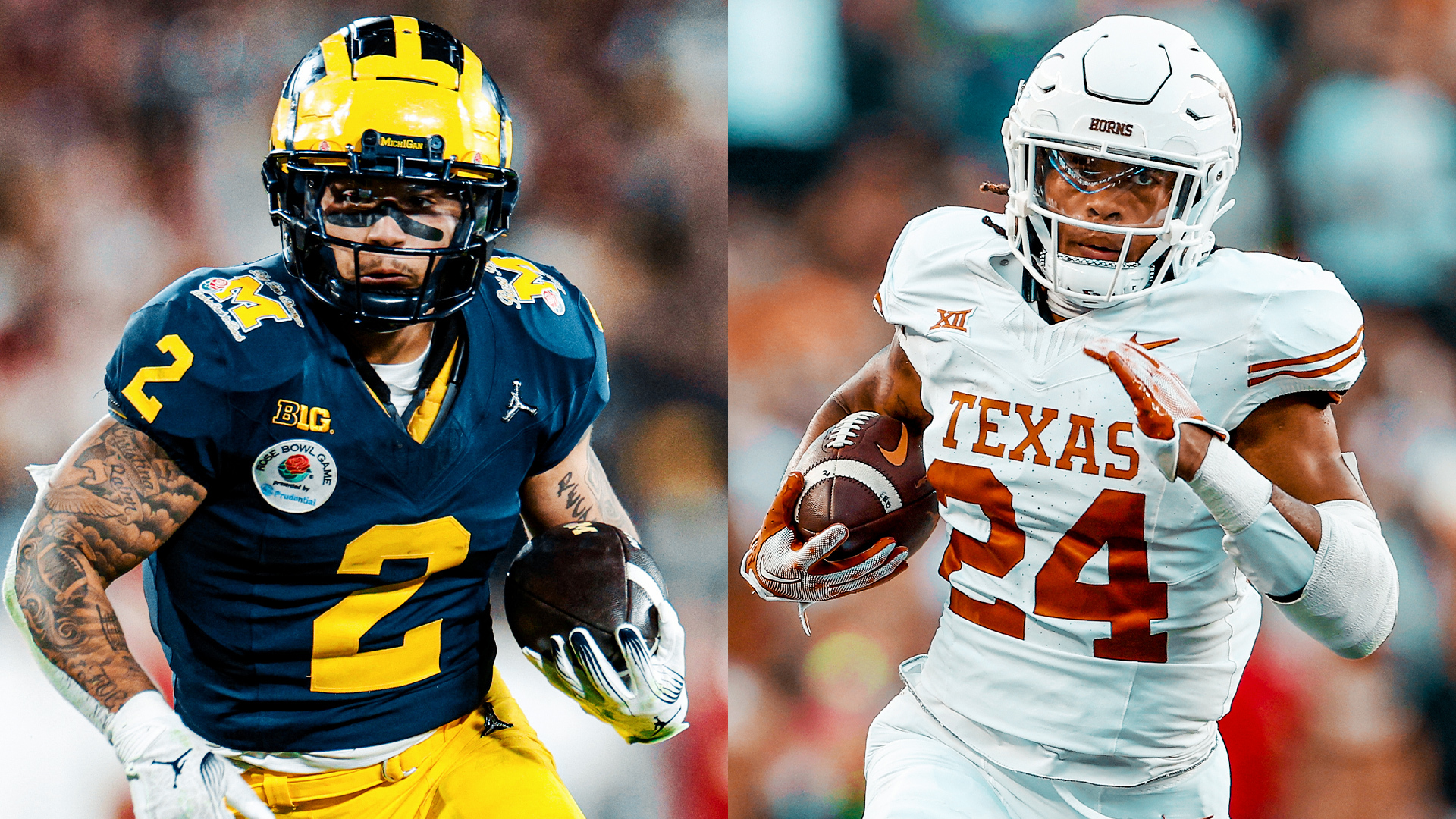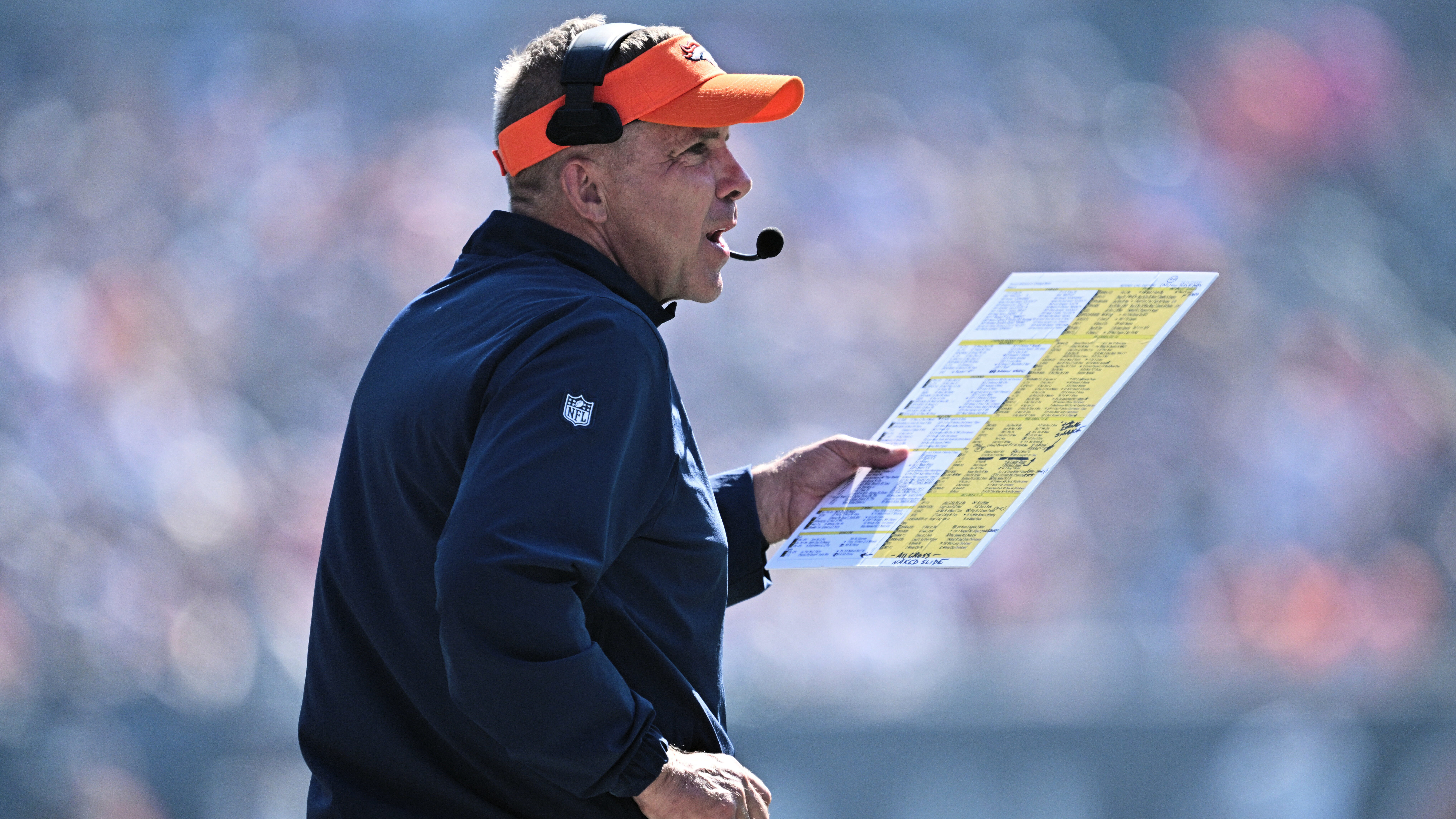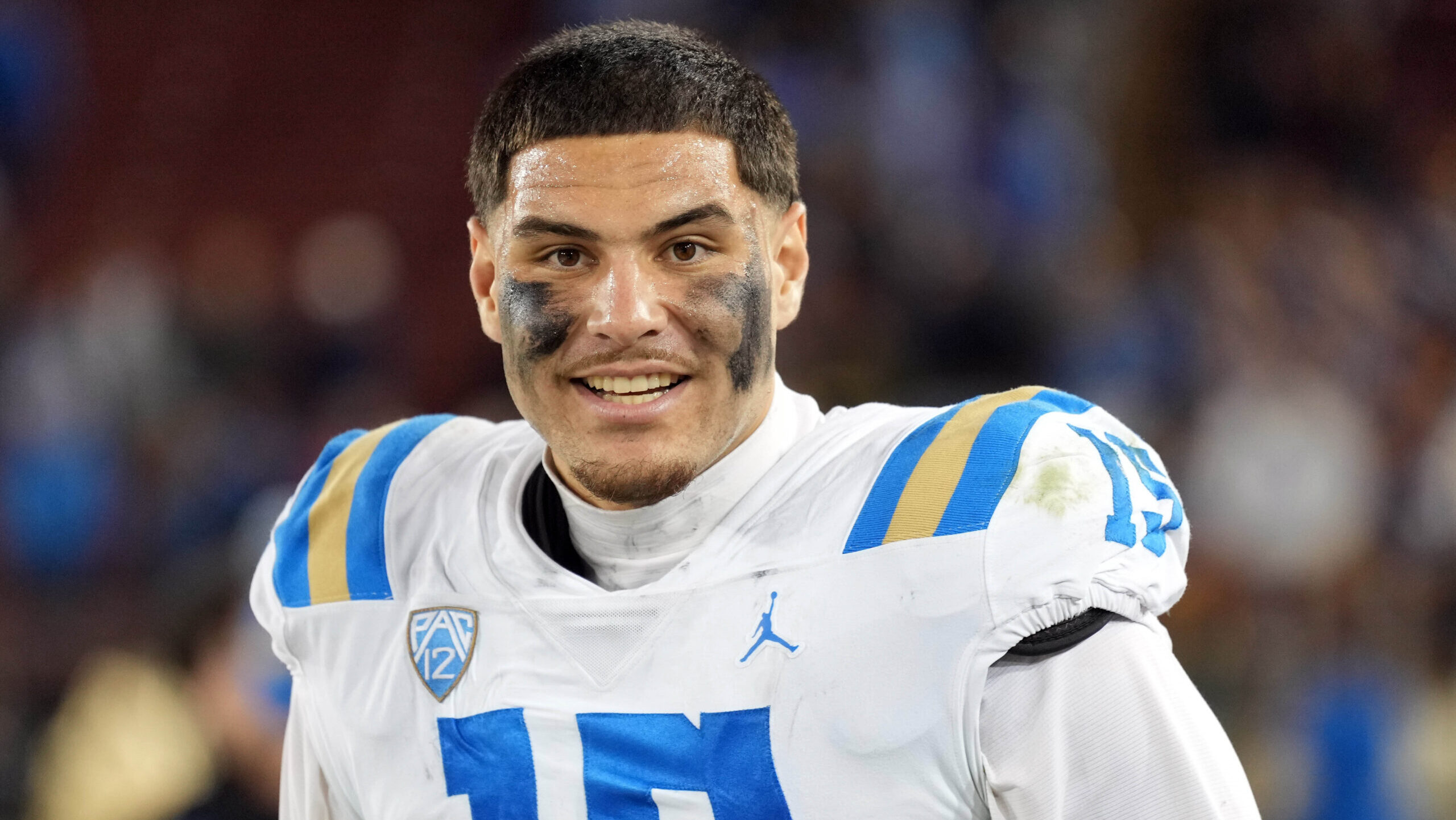Analysis
4/8/24
12 min read
How 'Type' Grading System Allows Teams to Reduce Bust Risk in NFL Draft
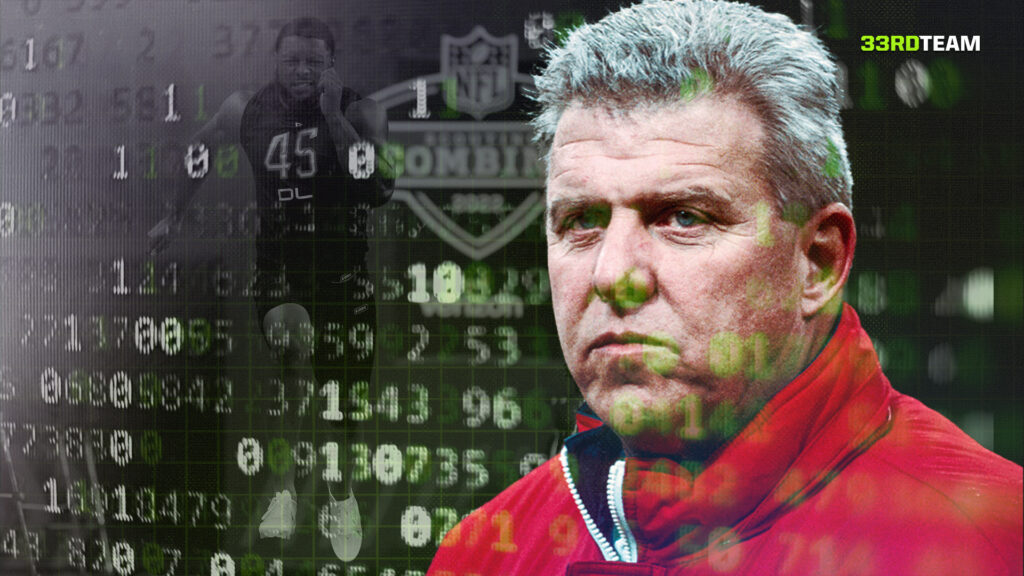
This is the second of a two-part series examining the personnel evaluation process. This installment looks at the exact typing and numerical grading systems used in personnel evaluation. Part 1 covered how sticking to positional prototypes leads to good team building.
Bucko Kilroy, my first mentor in pro football as far as personnel evaluation and a strong advocate of building a roster with prototypical players is concerned, said plenty when he told me many years ago when I coached linebackers for the New England Patriots: "Young man, you need to find out who's doing these jobs."
Bucko wasn't only talking about making sure you had a team of prototypes rather than a team of exceptions, but also the critical factors involved with each position, plus the medical evaluation, positional skill evaluation, and the personal evaluation of the player's character.
When all was said and done, we had a letter and a number. And when the grade was applied, you had a physical description of the player and where he was valued in our rankings. Anything D or above was a first-round grade. Then, we worked down from there to the point where we got to 5.5, which was the cutoff for players we would draft.
I personally grew to love the system and the importance of having a philosophy on personnel so your team doesn't look like a "dog pound."
I learned it and tried to take it with me and teach it to other people because it includes a lot of circumstances that have to be considered. The main one is always: How does he play? Does he play or look like a guy that's played well in the league? We were always striving for that point of comparison.
It took me a couple of years before I really started to understand the system. I was so intent on putting the guy in the right category that sometimes I wasn't thinking about the category the way I should have. But as I grew with it, I came to appreciate what it was all about. In the end, it becomes second nature to you. Once you know it, you see something and immediately know what it is because you've seen it before.
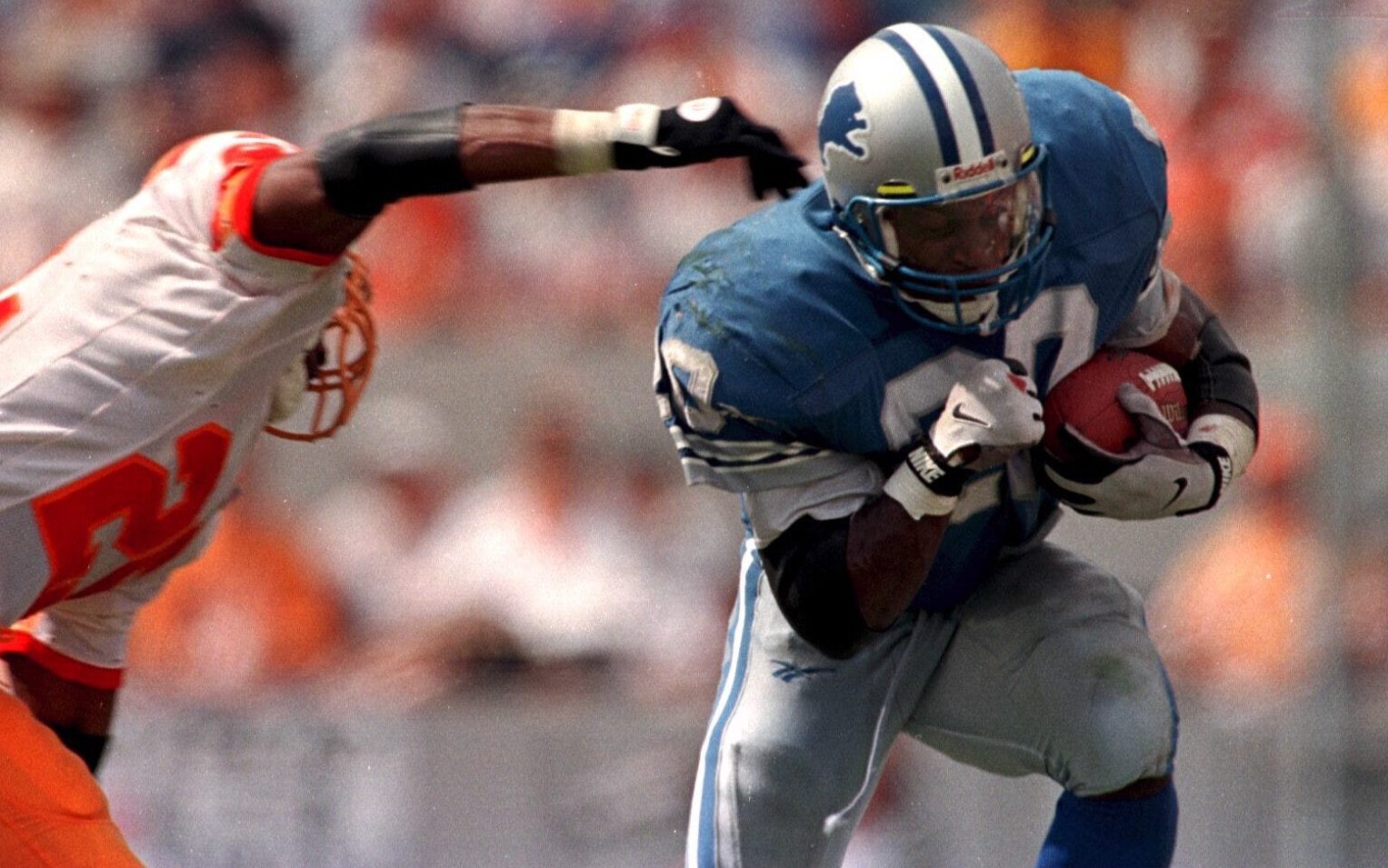
For example, every time I hear Barry Sanders' name, I think of the letter C because he was a great player, and the system allowed you to draft great players high even if, as in Barry's case, they didn't have prototypical height. He was an exception, and Darrell Green was an exception, too. But they were great players. The system allowed you to do that.
You're trying to cut down your margin for error. That was the term Bucko used. How did we do it? Well, if we're going to look at these guys that don't have exactly what the people doing these jobs have, we've got to know a hell of a lot about them. Am I going to miss a player? Yeah, I probably am. But I'm going to grade a lot more of them properly. I always felt it was inclusive enough to consider the ramifications and the variabilities of an athlete's physical attributes.
When those evaluations were complete, we went to our grading system. Our system was a little different than most people's because it involved two types of grades.
There was a numerical system, which most people used, that went from a high of 9.9 to a low of 2.0, with 5.5 being the cutoff for a make-it grade in the NFL. In other words, if he was 5.5 or better, we deemed him to be a player who would make our roster. If he was 5.4 or less, we deemed him to be an undraftable player for our roster. He would maybe be good for somebody else, but with all the factors that we considered, he didn't have a make-it grade.
Numerical Grading System
| Grade | Description |
| 9.0-9.9 | Offensive skill player only. Immediately dominant, Pro Bowl, MVP-candidate prototype. |
| 8.0-8.9 | All positions. Immediately dominant, Pro Bowl player. Top 6 or 7 selection. |
| 7.0-7.9 | All positions. Immediate first-year starter. First-round selection. Significant contributor and solid from Day 1. |
| 6.4-6.9 | Eventual starter. Might need development in first year. Must have special teams value. Lower first-round or second-round selection |
| 5.5-6.3 | Will make roster as a backup with vision of a specific role. Contributor on special teams Rounds 3-7. |
| 5.5 | Minimum grade to make the team. |
| 4.0-5.4 | Undraftable player based on college performance. Scan hard for prototype traits to possibly develop. Free agent or practice squad. |
| 3.0-3.9 | One redeemable feature only (e.g. he is big, fast or tough). |
| 2.0 | Reject. |
The numerical system was preceded by a letter. It provided a physical description to the people who understood the system. It not only included his numerical value but it kind of told you by the letter what he looked like.
So, if we were just watching players at the scouting combine, and someone said, "Well, this is definitely an I player or a D player," I knew that he meant the player had all the prototypical values that we thought were important. Whereas, if they said he was a C or G player, we knew he had the weight and the speed, but he wasn't prototypically tall enough for that position.
Letter Grading System
| Grade | Description |
| A (Prototype) | Fits prototype. Offensive skill player only and is immediately one of the best two or three in the league at his position (e.g. Jim Brown, Gale Sayers). |
| B (Prototype) | Fits prototype. Could be any position and is a dominant, first-year Pro Bowl-type player (e.g. Lawrence Taylor, Reggie White, John Elway). |
| C (Lacks Height) | Lacks prototypical height. First-year dominant, Pro Bowl-type player. |
| D (Prototype) | Fits prototype. Includes all positions. The player is a solid first-year starter, contributor and first-round selection. |
| E (Prototype) | Fits prototype. Has prototype ability but was an underachiever in college. Skills as good as a "D" player. Numerical grade limit is 6.9. |
| F (Lacks Speed) | Lacks prototypical speed. Has prototype size and all good attributes, but lacks speed. Numerical grade limit is 6.9 |
| G (Lacks Height) | Lacks prototypical height. Same as a "C" player physically, but is not as good a player as a "C" player. Numerical grade limit is 6.9 |
| H (Prototype) | Has prototype qualities but requires a position change (e.g. Carnell Lake, Darren Woodson, Tedy Bruschi). Numerical grade limit is 6.4 |
| I (Prototype) | Has prototype size and speed, but is not as good as a "D" player. We want these players as developmental players or eventual starters. Numerical grade limit is 6.9. |
| J (Lacks Bulk) | Has height and speed but lacks bulk. He is a good player but needs to add weight (e.g. Jason Taylor). Numerical Grade limit is 6.4. |
| K (Only One Redeemable Feature) | He can be big, fast or tough. Numerical grade limit is 3.9 |
It gave us physical evaluations just by the letter. A, B and D were all prototypical players. They had all the size and speed. An A prospect was a great player – an immediate, almost MVP candidate.
B was a dominant player in his first year, one of the best players in the league immediately, and a very high selection. C was also a very, very good player, but he lacked height. D was what we were looking for prototypically, but there was one circumstance that maybe kept him from being a B.
This happened in New England before I arrived there. Bucko and I had a discussion on this very thing with a player named John Hannah, who turned out to be a Hall of Fame guard. But when he played at Alabama, they were running the wishbone, so John was not trained in drop-back pass protection. "Could he do it?" Bucko said. "Well, we hadn't seen him do it."
But looking at John's athletic ability and his performance, Bucko felt Hannah was capable of learning how to do it. Still, John ended up being a D player because there was one circumstance completely out of his control: the system he played in at Alabama that kept him from being a B. Even though athletically and physically he was a B, we still had to put a D grade on him.
As we went down the letters, E was a player who had all the prototypes and the ability that we were looking for, but for some reason, he didn't play well. He was either lazy or it was his attitude, or just something that was glaring in terms of this guy not playing to the level of his ability.
F has the size and strength that we want, but he lacks foot speed. There have been some very good players in the NFL – big, strong, physical guys – but they just didn't run quite as fast as you would like. They were capable of playing. However, there was a constraint put on how high we could take that player and that numerical grade maxed out at 6.9. If a player was an F and he lacked speed, he could not get into the 7.0 category.
Physically, G was the same as a C, but he just was not as good of a player as a C. An I player was the same as D. We really liked that I player because he was prototypical, but he was just not as good as the D player or the B player entering the league.
We had a poem we often recited: "I's and D's over G's and C's," because I's and D's are prototypes."
An H player had prototypical size, speed, weight, everything, but we projected him at a different position. We hadn't seen him play the position in college, but I thought there was a chance he could play it in the pros. As a result, there was a grading constraint, and the high water mark was 6.4, which meant we weren't taking that player in the first round.
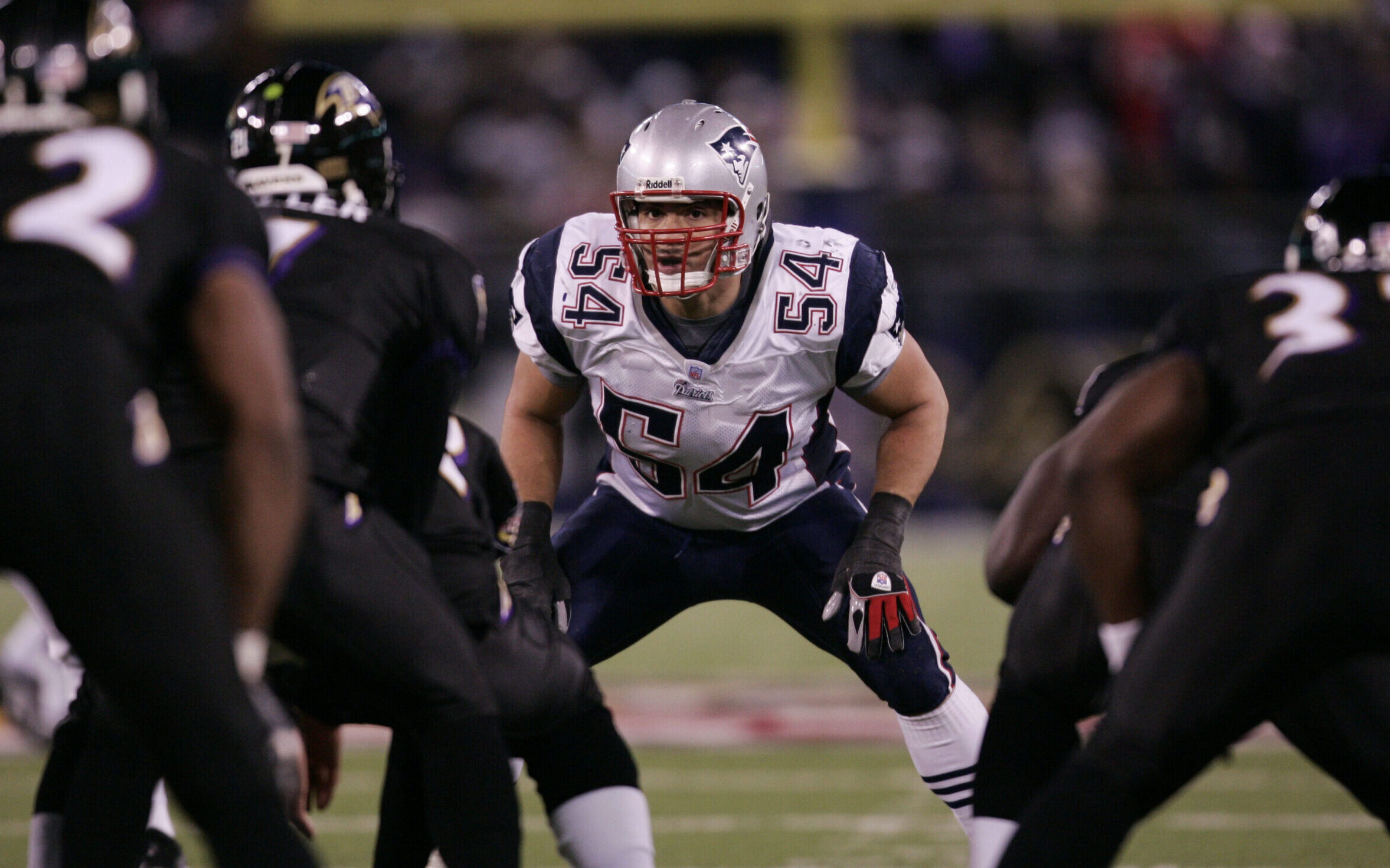
Tedy Bruschi was a real first-hand example of that for me. He was a sack machine at the University of Arizona but was short for a defensive end. He wasn't 6-foot-4; he was 6-1. We liked him, he was a productive player. He played on that "Desert Swarm Defense," as they called it down there in those days. We felt Tedy could play in the NFL, but it would be at linebacker, which was what he played after he became a third-round draft choice for us in New England.
The other letter grade that reflected a constraint issue was J. That's a player who had the height and the speed, but he lacked bulk. In other words, he was a linear player. He had a 6.4 limit on him, but we would have our strength and conditioning coach really scout those J players. When the S/C coach went to the combine, he would have a list of guys we thought were J players and one of his jobs there was to try to determine the body type and whether the player could eventually gain enough weight and carry it to get in the D or I category. And if he carried it, was that going to affect his speed?
Jason Taylor is a good example. He was a good college player at Akron who ended up being a very good player in the pros. He was very linear when he entered the draft, and some people didn't believe he could get big enough. Of course, he played well and is a Hall of Famer.
The last letter was K, which was a simple one. We didn't draft anybody below a 5.5. A K player had only one redeeming feature. Maybe he was big. Maybe he was tough. Maybe he was fast. But he hadn't ever demonstrated anything that would allow us to draft him. We would scour the K category for extra big guys, and maybe bring them in and work them out and see if they could possibly develop on the practice squad.
We would only put about 125 players on our draft board, far fewer than many teams that had upwards of 250 players evaluated and on their draft board. They might also have a backboard with players they might be interested in in the late rounds.
But our board had 125-130 players, and we strived to have all of them be prototypes or have qualities that allowed us to make an exception. Now, that isn't enough players to get through the whole draft. One time we got to the final round with just three players left, but that happened only once in my entire career. Coincidentally, one of those players was Tony Romo, and we wound up signing him as a priority free agent with the Cowboys.
Some coaches don't want to hear about the typing system because it's a little more complex than they're used to. They say, "Just get me good players."
I'll go back to Bucko's words and say, "Well, maybe the player's not one of those guys who's doing these jobs. Or maybe you haven't seen him do it. Or maybe he's a little short."
Or maybe … you're putting together a dog pound.
As told to Vic Carucci


